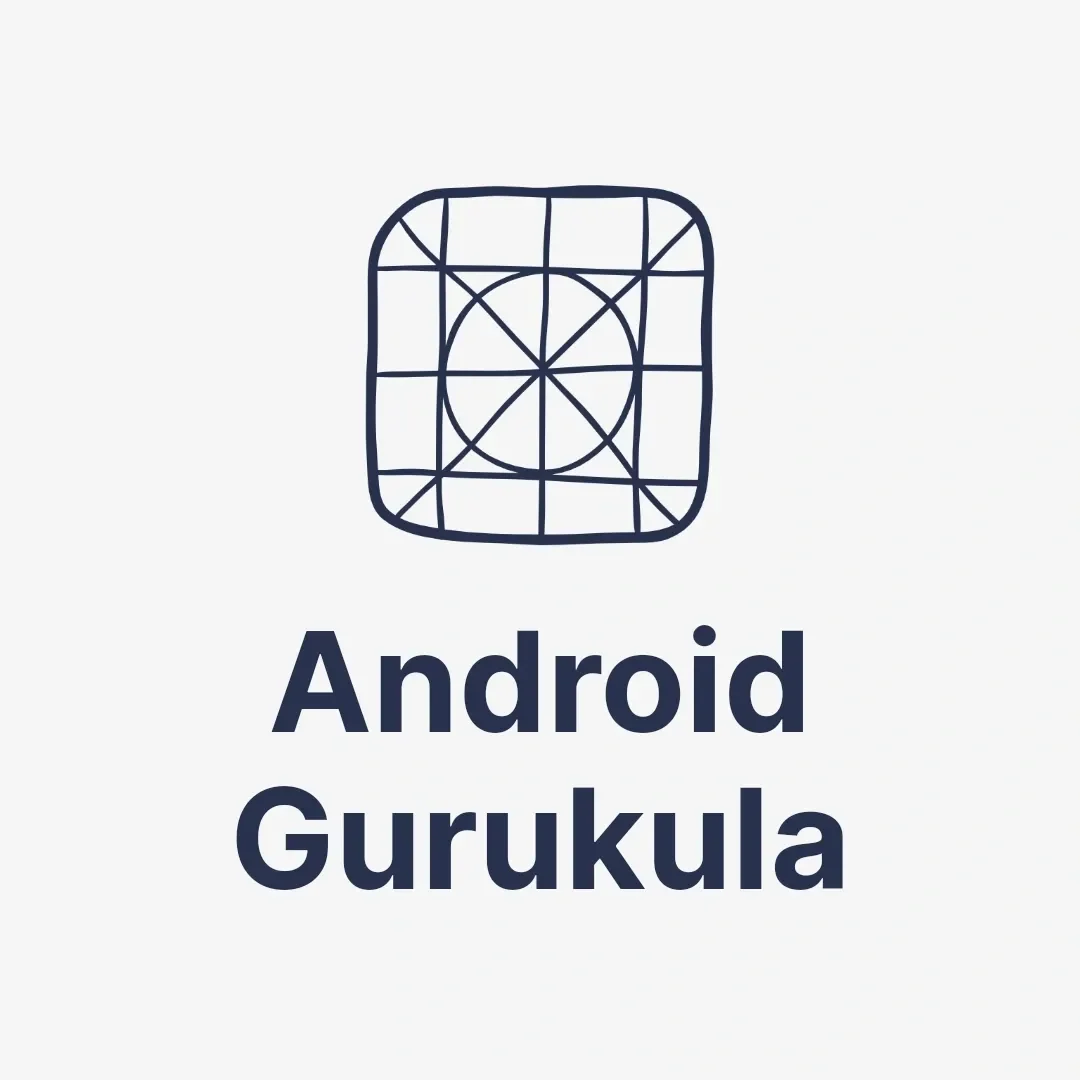How to Use Android View Binding: Step-by-Step Tutorial
Android View Binding is a feature that makes it easier to interact with views in your app. It reduces the need for findViewById() calls and helps avoid potential null pointer exceptions. In this blog post, we’ll explore what View Binding is, how to use it, and why it’s a game-changer for Android developers. What is View Binding? … Read more
